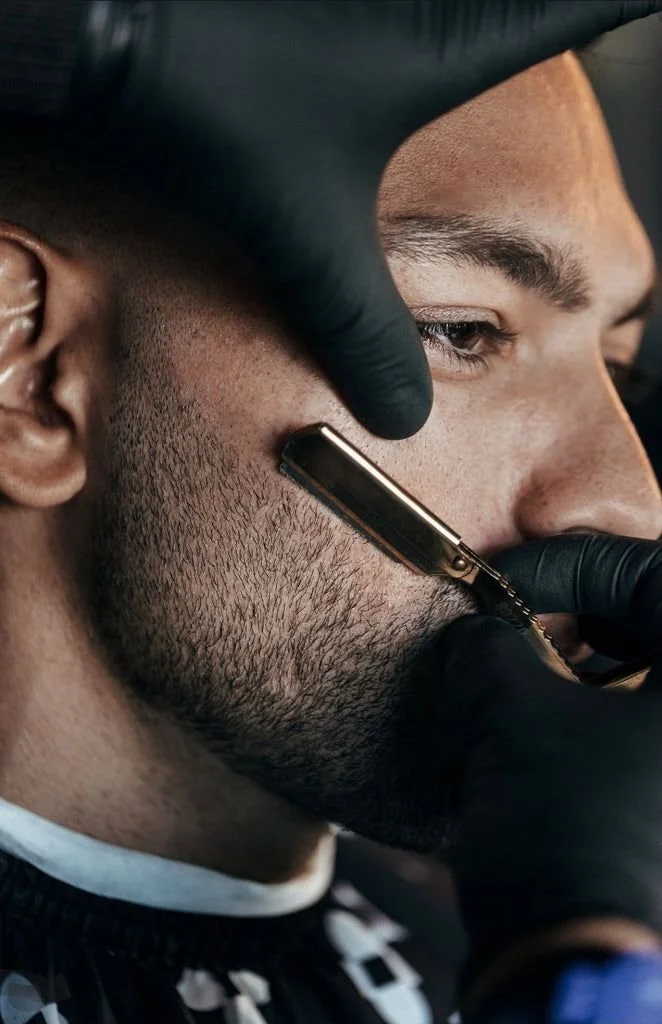3 Must-Have Instruments For Beginners
Music has a special power. It lets you escape into your own world, whether you’re singing at the top of your lungs, writing your own songs, or playing an instrument. Music can lift your mood, help you relax, and even teach you valuable life lessons. It’s no wonder that more and more people are finding ways to bring music into their lives.
One of the most rewarding ways to connect with music is by learning to play an instrument. But if you’re a beginner, the options can feel overwhelming. The question of what instrument is right for you might cloud your mind.
In this article, we share three awesome instruments perfect for beginners so you can start your musical journey.
No. 1
Start Strumming: The Guitar
The guitar holds a special place in the world of music due to its profound versatility across genres—from rock and blues to classical and folk. Beginners will find the acoustic guitar particularly appealing not just for its ease of use but also because it provides the fundamental skills needed for music development.
Learning to strum simple chords can quickly lead to playing full songs, offering immense satisfaction in the learning process. Acoustic guitars come in various shapes and sizes, and selecting the right one can dramatically affect comfort and playability.
For instance, a dreadnought guitar is known for its rich, robust sound, which is ideal for rhythm roles in band settings. Conversely, a concert-style guitar, which is slightly smaller, may suit solo performances and fingerpicking better due to its clearer, more articulated sound.
Moreover, consider the guitar’s material. Spruce and cedar are commonly used for the soundboard, influencing the tone and projection of the instrument. Spruce offers a brighter sound, suitable for players who desire a sharp, penetrating tone, while cedar provides a warmer and mellow sound. Each material has its merits, and choosing between them is about your personal preference.
No. 2
Feel the Beat: The Bari Sax
The baritone saxophone, or “bari sax,” is a unique choice for beginners who want to dive into the world of woodwinds. It’s larger and has a deeper tone compared to other saxophones, which makes it stand out in ensembles or jazz bands. The bari sax is great for developing lung capacity and understanding breath control, which are essential skills for any wind instrument player.
Choosing the right baritone baritone involves several considerations. Firstly, ergonomics is crucial due to the instrument’s size and weight. Look for models with adjustable thumb rests and neck straps that help manage the saxophone’s weight, making it more comfortable to play for extended periods. Moreover, beginner bari saxes often feature simplified key mechanisms, reducing complexity and easing the learning process.
The mouthpiece also plays a significant role in the playability and tone of the bari sax. Beginners might prefer a mouthpiece that promotes easier sound production and stable intonation. As you progress, you might explore different mouthpiece materials and shapes to find the tone and response that suit your playing style.
Skillshare
Explore music classes on one of the leading online learning platforms for creatives with 1 month free
No. 3
The Classical Choice: The Piano
The piano is an excellent foundation for all musical pursuits. It helps you understand musical theories, like scales and chords, which are crucial for any musician. Pianos have a wide range of notes, giving you a complete overview of musical octaves. Digital pianos and keyboards are particularly suited for beginners due to their convenience and technology.
Many models come equipped with built-in learning tools, such as light-up keys and accompanying apps, which can guide a novice through the initial stages of learning. Additionally, these instruments often include various instrumental sounds and playback features, allowing beginners to experiment with different styles and textures of music.
When choosing a digital piano from Piano dealers, another aspect to consider is the sensitivity of the keys. Adjustable touch sensitivity helps in mimicking the dynamics of an acoustic piano, where the force of your touch influences the volume and quality of the sound. This feature is invaluable for developing expressive playing skills.
For those who are space-conscious or budget-sensitive, a keyboard with fewer keys might be a practical alternative. While a standard piano keyboard has 88 keys, keyboards with 61 or 76 keys can still provide a broad range to accommodate most beginner pieces.
Takeaways
Starting your musical journey with these instruments can open a world of joy and creativity. Each instrument has its charm and challenges, but the most important thing is to have fun and enjoy the learning process. Remember, every great musician started somewhere, and with the right tools and enthusiasm, you’re already on the path to making beautiful music that resonates with your soul.































